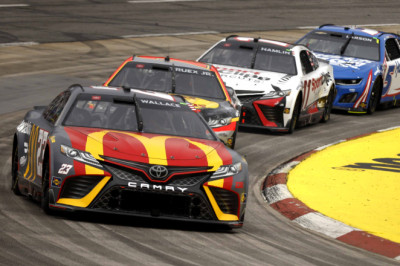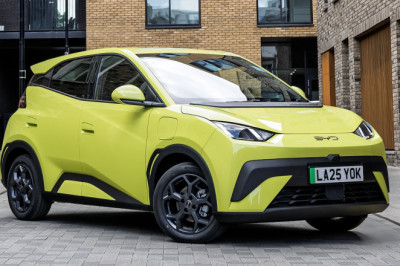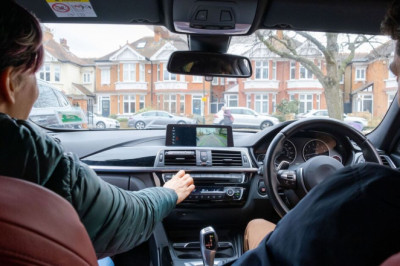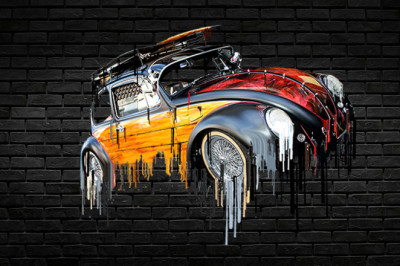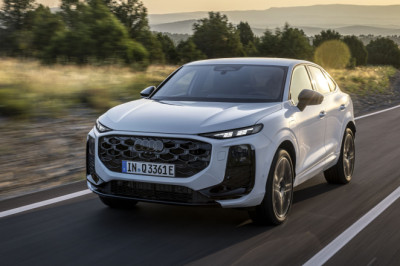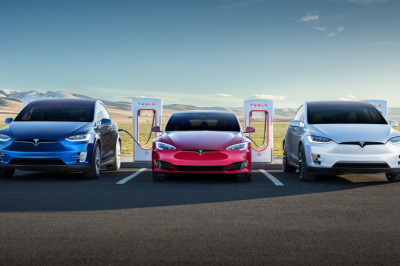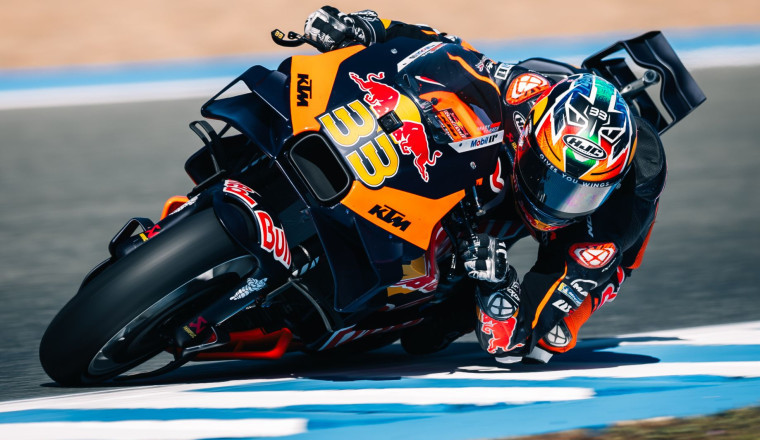
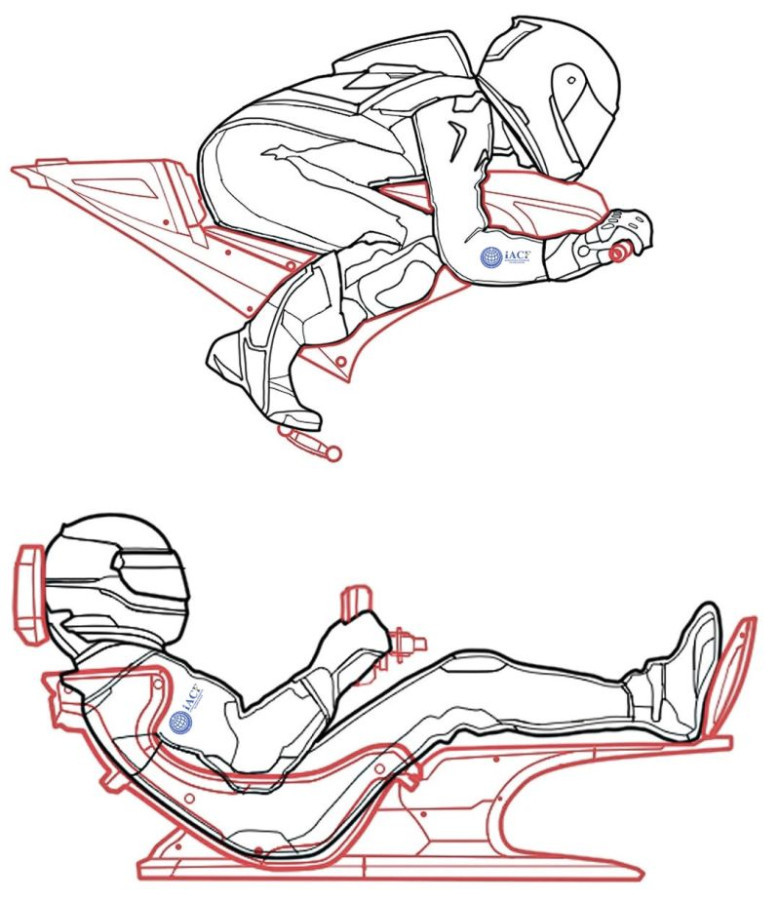
In MotoGP, riders adopt what can only be described as a combat posture. Leaning forward aggressively, their chest often almost touches the fuel tank. This posture lowers the center of gravity, allowing riders to shift their body weight quickly when cornering at high speeds. Every muscle is engaged: their arms lock firmly onto the handlebars, legs cling tightly to the bike, and the torso braces to manage the powerful braking forces. The rider in MotoGP is not simply operating a machine; they literally become part of it, constantly redistributing their weight to maximize grip and agility through the twists and turns.
On the other side, Formula 1 drivers recline deeply in the cockpit, a position that might look relaxed but is highly engineered. The semi-reclined seat layout reduces aerodynamic drag and positions the legs deep into the pedal box. This arrangement enables drivers to better resist intense braking forces and stabilizes their head during the brutal lateral g-forces of up to 6G experienced around the track. Although they appear comfortable, F1 drivers endure extreme heat, severe neck strain, and must perform constant, precise micro-corrections at speeds exceeding 300 km/h.
These two vastly different postures highlight the contrasting demands of their respective machines. MotoGP hinges on dynamic, full-body movement as a core component of racing performance, while Formula 1 requires fixed, enduring physical positioning to withstand sustained forces.
MotoGP: The Combat Posture
-
Riders lean forward aggressively, with their chest almost touching the fuel tank.
-
This posture lowers their center of gravity and enables quick body mass shifts during cornering.
-
Riders engage every muscle: arms lock firmly into the handlebars, legs grip the bike, and the torso stabilizes against braking forces.
-
The rider becomes an extension of the motorcycle, actively redistributing weight to maximize grip and agility.
Formula 1: The Reclined Precision
-
F1 drivers recline deeply in their cockpits, a design meticulously engineered for both aerodynamics and physical endurance.
-
The semi-reclined seat reduces drag and positions the legs low into the pedal box for better force management.
-
This posture helps withstand intense braking forces and stabilizes the head against g-forces up to 6G.
-
Despite appearing relaxed, drivers endure extreme heat, neck stress, and constantly make micro-adjustments at speeds exceeding 300 km/h.
Two Worlds—One Objective
These contrasting driving stances demonstrate how MotoGP and Formula 1 machines require different human adaptations. MotoGP depends heavily on dynamic body movement, while Formula 1 emphasizes fixed positioning and physical endurance under immense forces.





